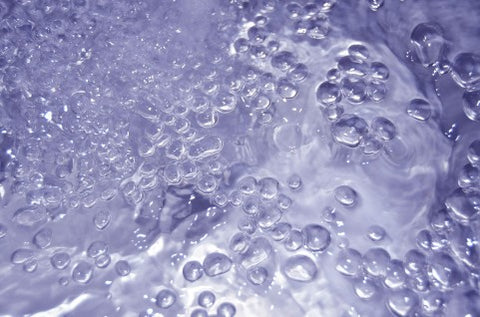Blood test values related to kidney disease, uric acid (UA), urea nitrogen (BUN) creatinine (CR)
March 16, 2021
Blood test values related to kidney disease, uric acid (UA), urea nitrogen (BUN) creatinine (CR)
If you have concerns about your kidneys, there are some numbers in your blood test results that you may be particularly concerned about. In this article, we talk about kidney disease and blood test values from the perspective of oxidative stress.

About Uric Acid (UA)
Uric acid is referred to as UA. Uric acid is formed when the body metabolizes purine, which is ingested in the diet. This purine is contained in the nucleic acid in the nucleus of cells, so the more cells there are, the more purine there is in the body. In addition, tissues with high levels of cell division also contain high levels of purine. Foods with high purine content include liver, milt, bluefish, dried bonito flakes, and dried fish. Beer is another food that is high in purine.
Purine ingested through the diet is metabolized into uric acid, which is then excreted from the body. If the uric acid level, which indicates the amount of uric acid in the blood, remains high, gout will occur.
There is a specific level of uric acid that is considered normal, but it varies from person to person. However, it is important to note that if the uric acid level exceeds 10 mg/dL, the chance of having a gout attack exceeds 90 percent.
Urea Nitrogen (BUN)
The blood test urea nitrogen (BUN) shows the result of measuring the amount of nitrogen contained in urea in the blood.
If your urea nitrogen is high, your kidneys may not be functioning well. However, the best reflection of kidney function is creatinine, and it is safe to assume that creatinine is a more accurate reflection of kidney function than urea nitrogen.
Urea Nitrogen can be affected by bleeding in the digestive tract, such as reabsorbing it and raising the urea nitrogen level. So, it is good to remember that urea nitrogen is not only a kidney problem, but it can also be elevated due to such gastrointestinal problems.
Creatinine and urea nitrogen may work together, or they may work separately. By comparing the urea nitrogen level with the creatinine level, we can guess whether the problem is in the kidneys or in other organs.
Creatinine (CR)
Creatinine is used as a reference value in urine tests as well as in blood tests. The blood test is for serum creatinine and the urine test is purely for creatinine content.
Creatinine is one of the waste products produced by muscles. Normally, creatinine in the blood is filtered out by the kidneys and discharged in the urine. Therefore, if the creatinine level in the urine is low, it means that the creatinine in the blood is not being discharged properly, and the serum creatinine level will be high. In other words, a high serum creatinine level in blood test may indicate kidney disease.
Relationship between kidney disease and oxidative stress
In these blood tests, high values of test items related to the kidneys indicate that the kidney function is declining.
One of the most common diseases that can cause this is nephritis. In some cases, nephritis is caused by a virus that inflames the kidneys, while in others, the cause of the inflammation is unknown. Also, diabetic nephritis is an inflammation of the kidneys caused by high blood sugar levels and high oxidative stress.
In any case, inflammation is a state of increased oxidative stress, so basically lowering the oxidative stress will help the kidney inflammation.
Finally
Oxidative stress has been implicated in as many as 150 different diseases, not just kidney disease. Inflammation and oxidative stress are like the chicken and the egg, because most diseases are caused by some kind of inflammation. Even if we don’t know which comes first, we can assume that wherever inflammation occurs, oxidative stress is present.
Inflammation causing diseases has oxidative stress, and where there is oxidative stress, there is inflammation. Therefore, lowering oxidative stress can be expected to prevent various diseases and improve symptoms. Oxidative stress can increase in various aspects of our daily lives. By trying to lower oxidative stress on a daily basis, we can prevent diseases and live a long and healthy life.
